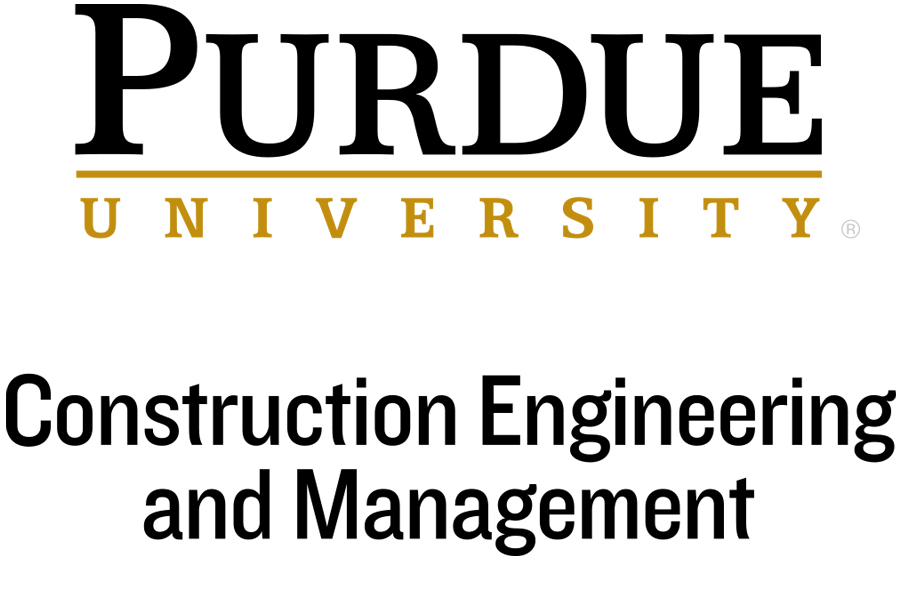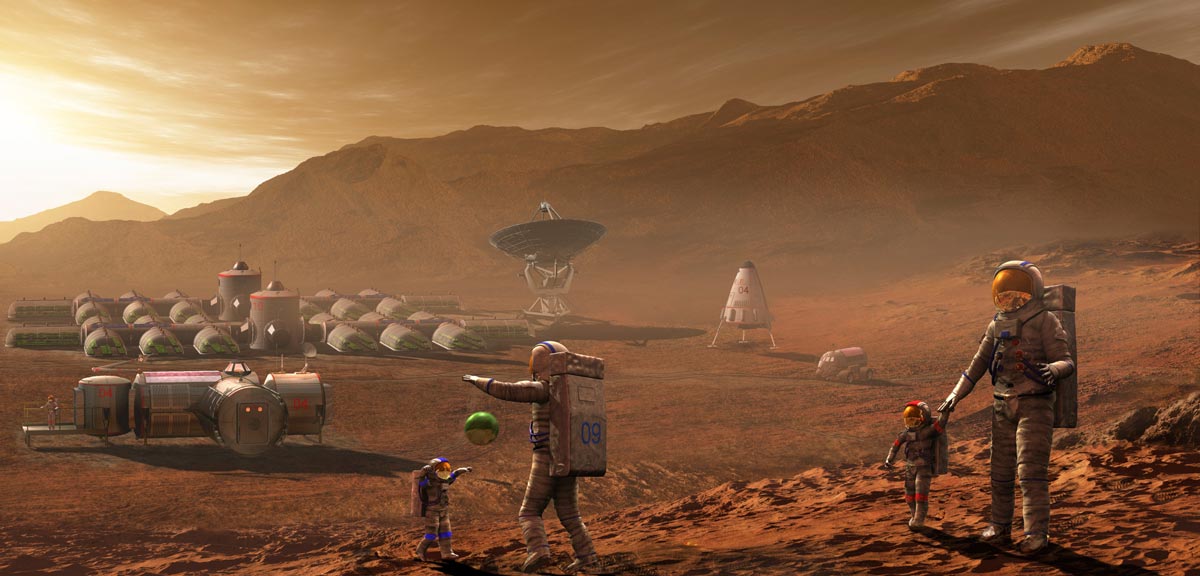Undergraduate researches construction on Mars
Undergraduate researches construction on Mars
| Magazine Section: | Research |
|---|---|
| Article Type: | Feature |
| Alternate Magazine Section Name: | Discovery |
Have you ever wondered what construction would look like on another planet? CEM student Sadie Argus has spent the last semester thinking about just that. Although only a junior, Argus joined a graduate-level Human Journey to Mars course (AAE 590) this spring, offered through Purdue's School of Aeronautics and Astronautics.
The goal of the course was to put together mission architecture for a 50-person colony, with a final deliverable that included a presentation of findings to officials from NASA and Purdue astronaut Buzz Aldrin. This architecture required students to research and design the entire mission, from spacecraft pathway and trajectory calculations to air filtration and other essential life support systems needed once the colony has been constructed.
Working with a small crew consisting of a civil engineering graduate student and Brandon Fulk, CEM’s Director of Internships who is currently working toward a graduate degree, Argus took on the role of construction team lead. Together, the team was responsible for all construction and civil related aspects of the mission.
“Civil and construction engineering expertise are crucial if humans are to go to Mars and settle,” says Sarag Saikia, professor for the course. “They will be crucial in preparing the landing site, base, and plan to find and extract valuable in situ resources such as water or other minerals. The civil and construction engineers will identify capabilities and resources that will be key to establishing a sustainable human presence on Mars.”
According to Argus, there has been limited research conducted on civil and construction engineering on Mars. “No one has put together a plan yet,” she says. “NASA is looking into it a bit, but that’s very far into the future for them, so they’re focusing on other projects right now.” With the overwhelming lack of research available, Argus and her team had to be creative in developing solutions.
The team focused their research on accessible configurations of habitats, how to construct them, the types of structures that could be used, whether rigid or inflatable, and how to level the ground in preparation to build. The team also researched various resources that could be extracted from within the Mars regolith to be used as building materials. For materials sourced from Earth, Argus and her team had to propose how to send them to Mars.
“Everything is constricted by the amount of payload you’re allowed to send each time you send something into space,” Argus says. “This isn’t a typical construction issue on Earth because you can basically just order whatever materials you need whenever you need them. But with this project, you can only send materials and structures every 2 1/7 of a year [when Earth and Mars align in their orbits around the sun]. This kind of project takes a lot of planning and scheduling.”
Scheduling was not the only issue the team predicted. The team is particularly worried about the effects of gravity on Mars, which has allowed the atmosphere to escape the planet and turn it into a cold desert. “There’s a lot of dust, a lot of meteors,” Argus says. “It’s not like any type of terrain you would see on earth.”
Argus says they can only foresee a tiny fraction of the problems that could occur, from finding concrete alternatives to stabilizing structures atop elevated legs to avoid dust buildup. Through working in a cross-functional multidisciplinary team environment using concurrent engineering, Prof. Saikia says the civil and construction team completed rapid design, analysis, and evaluation of various architecture concepts to establish a base on Mars.
Rather than holding her back, the difficulty of the research pushed Argus forward. “I want to be a very flexible construction engineer who’s able to tackle any project thrown at me and think of solutions from a creative perspective,” Argus says. “That’s always been my goal. I love outside-the-box projects and thinking about new ways to construct something. So, this research has definitely helped me learn to be flexible and push my boundaries as an engineer.”
Argus and the construction team will present their innovative civil and construction engineering research at the Space and Astronautics Forum and Exposition hosted by the American Institute of Aeronautics and Astronautics in September.



